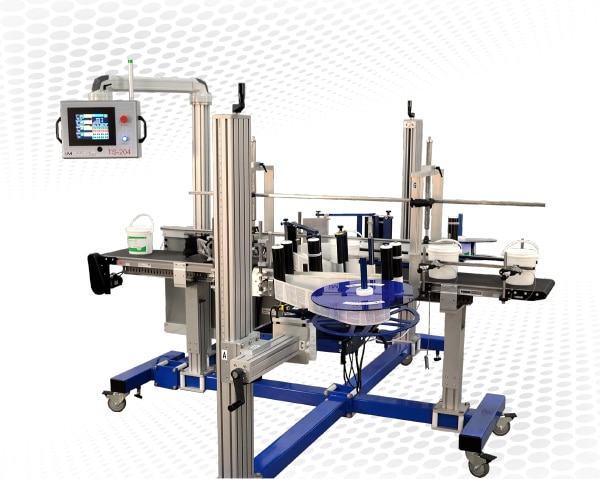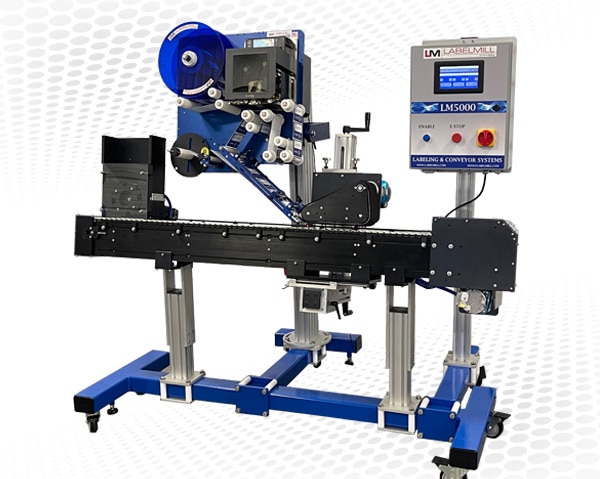Semi-Automatic
LM1012
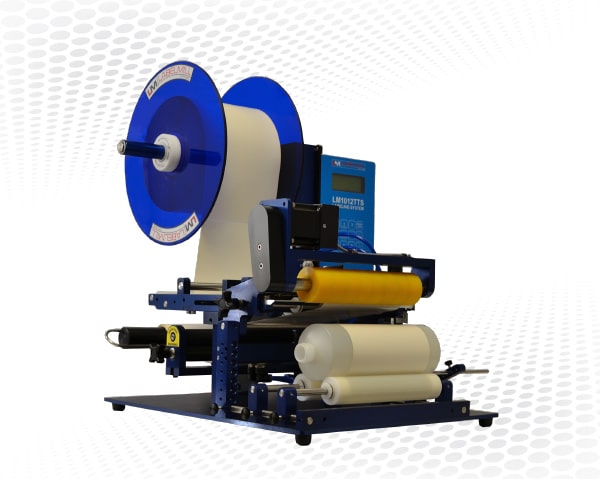
Semi-Automatic Table Top Label Applicator
LM1012RM

Semi-Automatic Table Top Label Applicator for round products
LM1012TM
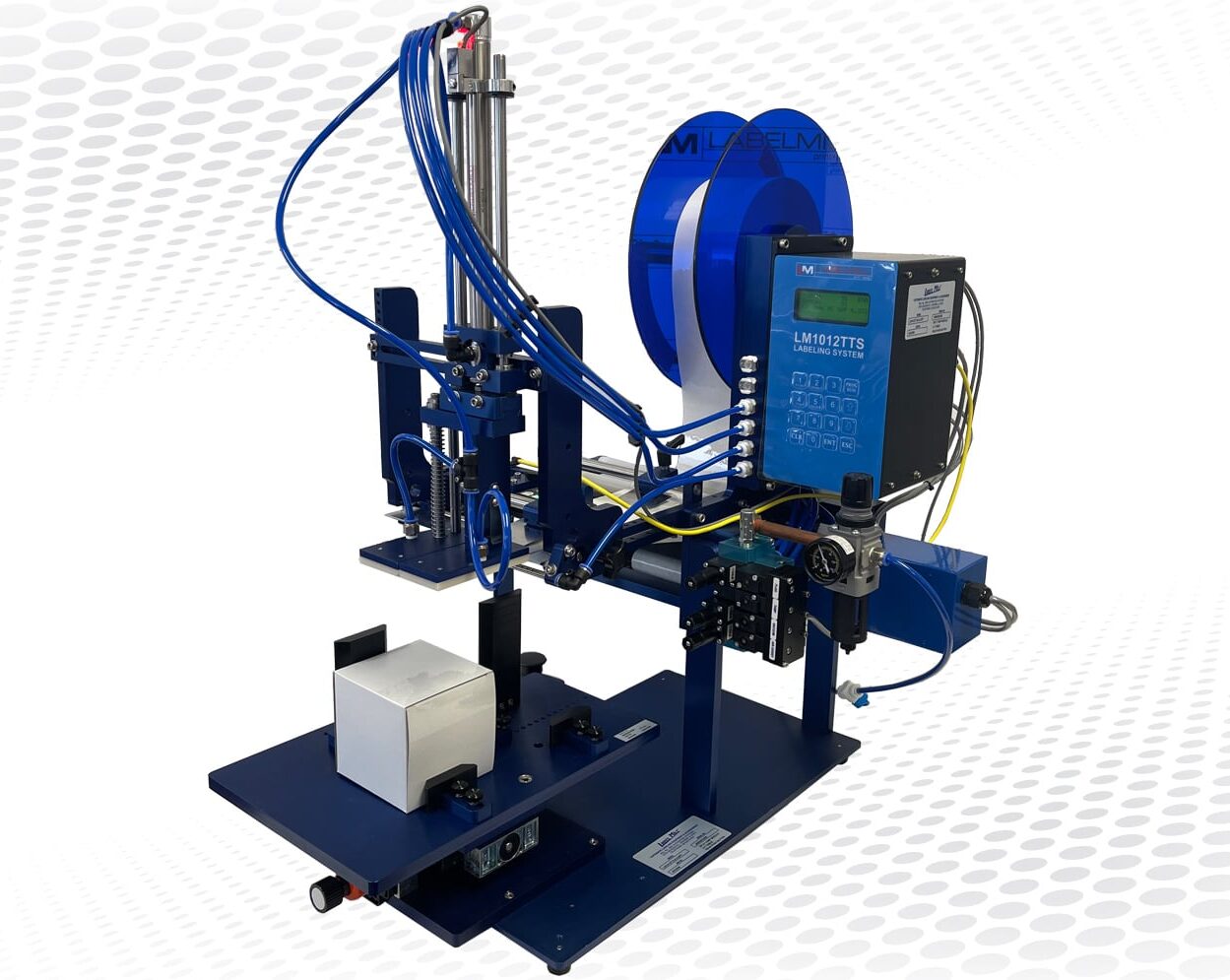
Semi-Automatic Table Top Label Applicator
LM6000ARS – LM4012

Semi-Automatic Table Top Label Applicator
Semi-Automatic Print & Apply
LM3612CTT RM

Round Module Semi-Automatic Color Print + Apply
LM3612CTT

Semi-automatic table top color print + apply label applicator
LM4012TTPAS
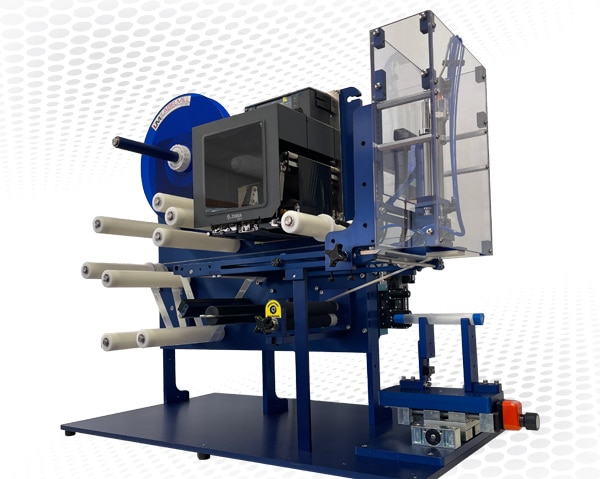
Semi-automatic loose-loop print & apply table top label applicator
LM1012LL

Semi-Automatic Loose Loop Label Applicator
Automatic Apply
LM4012
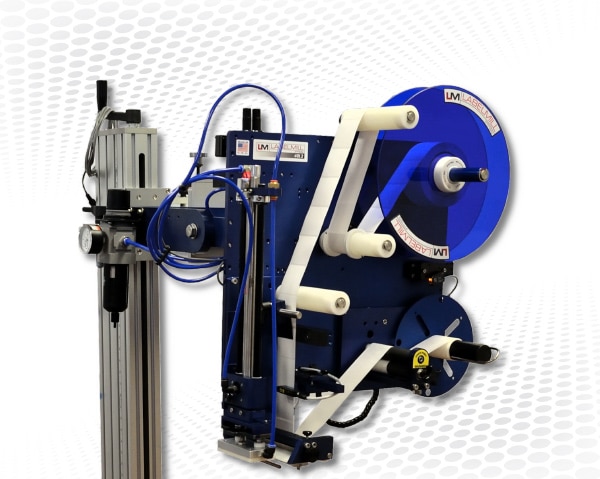
Entry Level Hybrid Servo Drive Label Apply Only Applicator
LM1512

High-speed full servo drive apply only label applicator
Automatic Print & Apply
LM3606
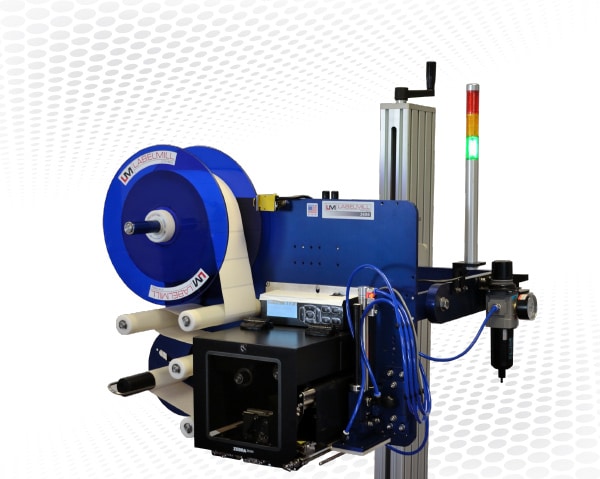
Print and Apply Label Applicator
LM3612

High-performance print and apply label applicator
LM3542SF
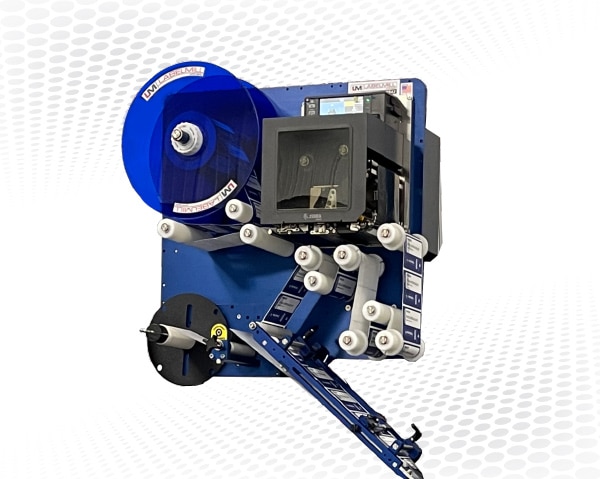
Closed loop print & apply label applicator
LM3562SF

Closed loop print and apply label applicator
Label Applicator Conveyor Systems
Don't see what you're looking for?
Contact Us to Inquire about our Custom Options
Let's Talk about your Labeling Needs
